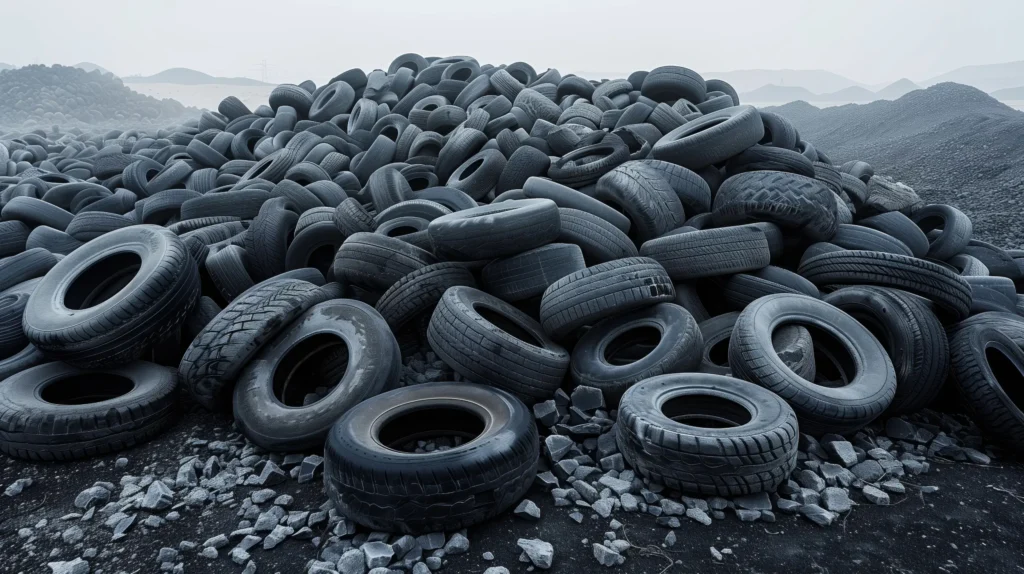Larry Hess, CEO
The BioCarburante Company
Did you know that in the United States, tire wear particles contribute significantly to air pollution? Nearly 60% of all road transport particulate pollution comes from tire and brake wear. Tire-wear particles, which include fragments of synthetic rubber, fillers, and road debris, pose severe risks to both the environment and public health. Globally, around 6 million tons of tire particles are released annually, accounting for 5-10% of ocean microplastics and 3-7% of airborne particulate matter, worsening air quality and impacting health.
U.S. Statistics on Tire Wear Particles
In the United States, tire wear is becoming a significant source of pollution compared to exhaust emissions from modern vehicles. Studies show that tire particles can produce up to 1,850 times more particle pollution than vehicle exhausts. For every kilometer driven, tires emit about 36 milligrams of particles, while tailpipe emissions have been reduced to as low as 0.02 milligrams per kilometer due to modern emission control technologies like gasoline particulate filters (GPFs). The smaller particles, especially those below 23 nanometers, are of particular concern because they can penetrate deep into the human body, entering organs via the bloodstream, posing serious health risks.
Tire wear contributes significantly to non-exhaust emissions, which now make up a considerable portion of airborne particulate matter in urban areas. For instance, up to 3–7% of particulate matter (PM2.5) in the air consists of tire particles. This type of pollution is particularly concerning because it often ends up directly in soils, water bodies, and can even contribute to ocean microplastic pollution. Tire particles account for about 5-10% of microplastic pollution in oceans, affecting aquatic life and potentially entering the food chain.
In California, research by the California Air Resources Board (CARB) shows that vehicle brake wear particulate matter (PM) emissions vary significantly, ranging from 3.3 to 13.6 milligrams per mile depending on the vehicle type, brake materials, and driving conditions. Such emissions from tire and brake wear have been identified as critical non-exhaust sources of air pollution, which are now being studied in more detail to understand their impact on communities near roadways and find effective ways to mitigate their effects.
Furthermore, recent findings from the Environmental Protection Agency (EPA) emphasize the growing concerns about specific toxic chemicals released from tire wear. A notable example is 6PPD-quinone, a chemical found in tire particles that has been linked to high toxicity in aquatic environments, such as causing mass die-offs of coho salmon in the Pacific Northwest.
Overall, these studies suggest that while tire wear is often overlooked compared to exhaust emissions, it poses a significant and growing environmental and health challenge. Effective management and mitigation strategies are needed to address this issue, particularly as more vehicles, including electric vehicles, enter the market and potentially increase tire wear due to their higher weight and torque (US EPA, Grist, US EPA, Emissions Analytics, California Air Resources Board).





